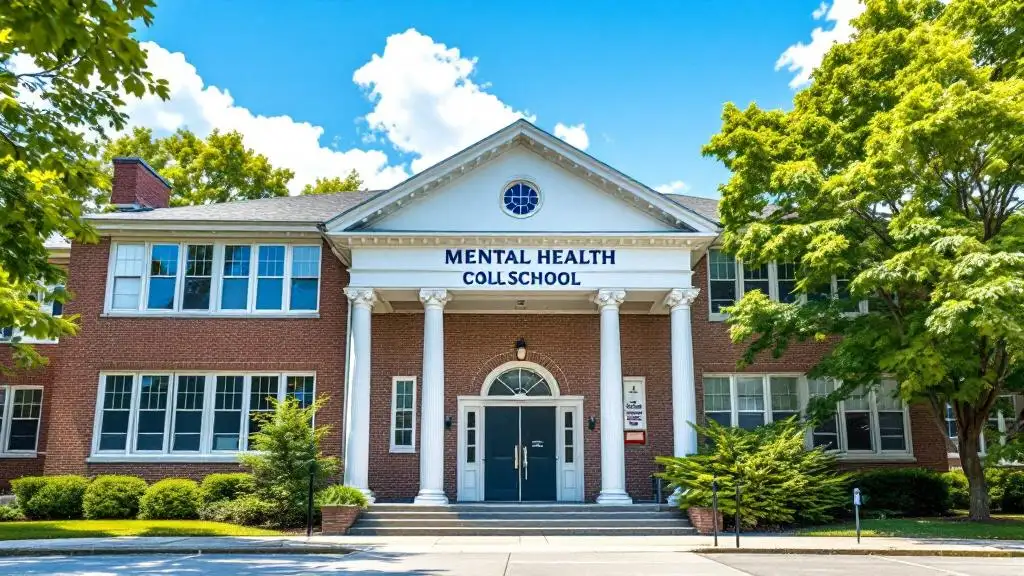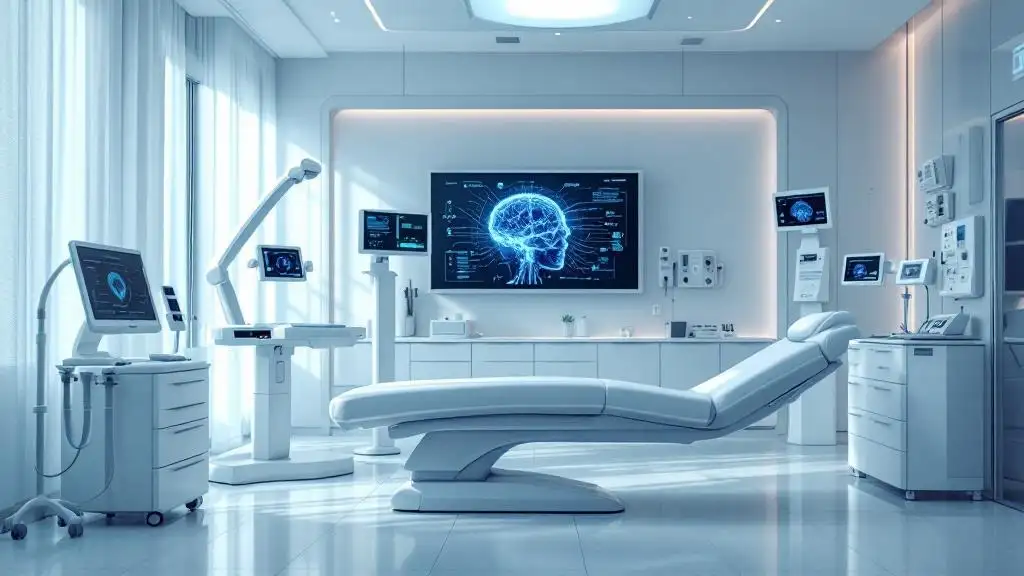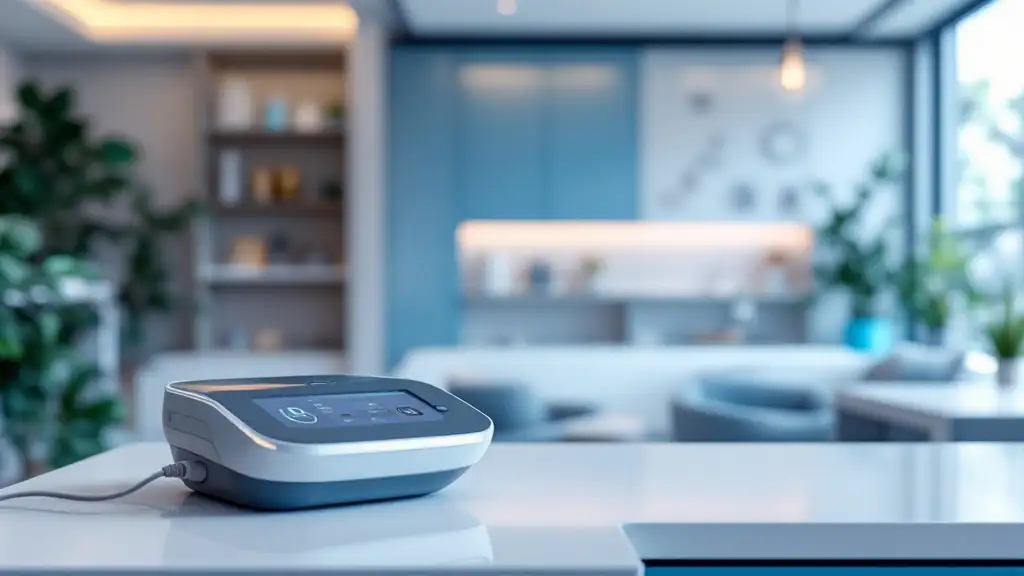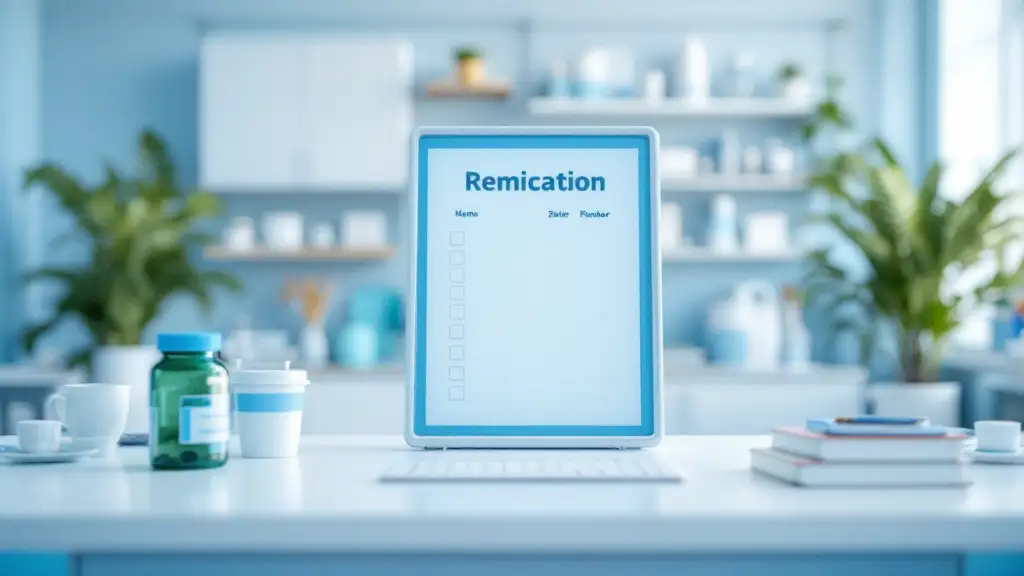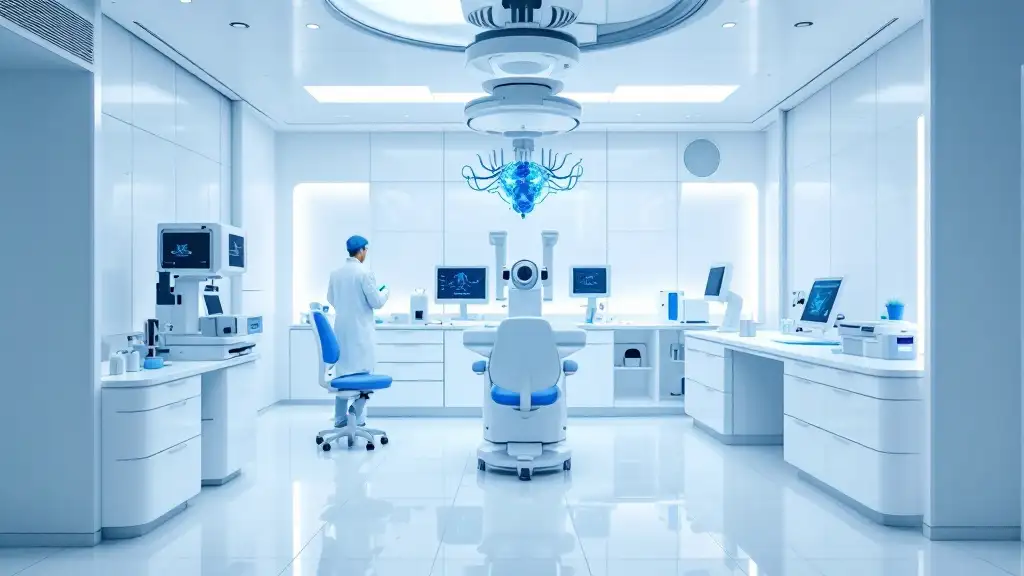Understanding the Landscape of OCD Treatments in Youths
Obsessive-compulsive disorder (OCD) in children and adolescents is a chronic yet treatable condition. Recognizing its signs—such as intrusive thoughts of germs, harm, or moral contamination—and managing them effectively is vital for improving quality of life. Treatment strategies primarily include cognitive-behavioral therapy, particularly exposure and response prevention (ERP), and medication, notably selective serotonin reuptake inhibitors (SSRIs). This article explores the nuances of therapy and medication approaches, examining their effectiveness, challenges, and how they can be integrated for optimal outcomes.
Diagnosis, Therapy Methods, and Medication Options for Youth OCD

What are the typical diagnosis, therapy methods, and medication options for youth OCD?
Diagnosing obsessive-compulsive disorder (OCD) in children and adolescents involves a comprehensive psychological assessment conducted by a trained mental health professional. This process includes discussing the child's thoughts, feelings, and behaviors, as well as examining how symptoms impact daily routines and relationships. A physical exam may sometimes be necessary to rule out other medical issues that could mimic OCD symptoms.
Once diagnosed, treatment typically involves psychotherapy, medication, or a combination of both. The most effective psychotherapy is cognitive-behavioral therapy (CBT), especially a specialized form known as exposure and response prevention (ERP). ERP helps young individuals face their fears gradually and resist compulsive rituals, leading to significant symptom reduction. It's considered the frontline approach for treating youth OCD and can be delivered in various settings, including via telehealth, to increase accessibility.
In terms of medication, selective serotonin reuptake inhibitors (SSRIs) such as fluoxetine, fluvoxamine, sertraline, and paroxetine are commonly prescribed for moderate to severe cases. Clomipramine, a tricyclic antidepressant, is also effective but less frequently used due to side effects. Combining medication with CBT often yields the best results, especially in more resistant cases.
Treatment plans are highly personalized, taking into account the child’s specific needs, family situation, and past responses to therapy and medications. Family involvement and supportive parenting strategies can enhance treatment effectiveness. Advanced interventions like deep brain stimulation (DBS) or transcranial magnetic stimulation (TMS) are reserved for severe, treatment-resistant cases, usually in adolescents or adults.
In sum, reliable diagnosis coupled with evidence-based treatment options—primarily ERP and SSRIs—provides the best chance for managing OCD symptoms effectively in young people.
Significant Role of Cognitive-Behavioral Therapy in Managing Youth OCD

What is ERP as the most effective psychological treatment?
Exposure and Response Prevention (ERP) stands out as the most effective psychological treatment for childhood and adolescent OCD. ERP involves exposing young patients to feared stimuli or intrusive thoughts in a controlled, supportive environment, and helping them resist engaging in compulsive rituals. This structured approach reduces the anxiety associated with obsessions and diminishes the compulsive behaviors over time.
Research consistently shows that ERP leads to significant symptom reduction. Studies report large effect sizes, with about 86% of patients responding favorably, and remission rates reaching up to 39%. This therapy specifically targets the core features of OCD, making it a first-line treatment for youth.
Delivery methods including in-person and telehealth
ERP can be delivered in various formats including traditional in-person sessions and via telehealth platforms. Telehealth-delivered ERP has proven to be as effective as in-person therapy, with additional benefits of increased access, reduced travel time, and convenience for families.
Remote ERP delivery meets the needs of many children and teens, particularly those in rural or underserved areas. Studies show that telehealth ERP results in symptom improvements comparable to face-to-face treatment, broadening the reach of this evidence-based intervention.
High efficacy demonstrated in clinical trials
Clinical research demonstrates that ERP significantly outperforms waitlist controls and less targeted therapies, such as Stress Management Training (SMT). In a notable clinical trial involving 126 participants, ERP yielded a large effect size (Cohen’s d = 1.46) for symptom reduction. Participants treated with ERP showed response rates of 86%, with nearly 40% reaching remission.
The rigorous study design, including blinded evaluators and high retention rates, underscores the robustness of these findings. ERP’s effectiveness is consistent across age groups, including adolescents and adults, making it a versatile and reliable treatment option.
Benefits of intensive treatment programs
Intensive ERP programs, which involve more frequent sessions over a shorter period, have shown promising results. These programs often lead to earlier symptom improvement and may be particularly beneficial in severe or complex cases.
Research indicates that intensive treatments can deliver outcomes comparable to standard therapies, with the added advantage of quicker recovery times. They are generally well accepted, with low dropout rates, and can include techniques such as group therapy, which also enhances cost-effectiveness.
| Treatment Type | Delivery Method | Effectiveness | Additional Notes |
|---|---|---|---|
| ERP (exposure & response prevention) | In-person or telehealth | Large effect size, high response and remission rates | Supported by RCTs, suitable for all ages, |
| Behavioral control (SMT) | In-person or telehealth | Less effective than ERP | Used as comparative control in studies |
| Intensive ERP | Shorter, frequent sessions | Similar outcomes to standard ERP | Promotes earlier recovery, suitable for severe cases |
| Standard ERP | Weekly sessions | Proven efficacy in multiple studies | First-line treatment for better outcomes |
ERP’s demonstrated high efficacy, availability via telehealth, and benefits in intensive formats make it the cornerstone of psychological treatment for youth with OCD. When combined with medication, especially in moderate to severe cases, it offers the best chance for symptom relief and improved functioning.
Clinical Trials Comparing Treatment Modalities
 Are there clinical trials comparing different treatment modalities for OCD in youth?
Are there clinical trials comparing different treatment modalities for OCD in youth?
Yes, numerous studies have examined how various treatments work for children and adolescents with OCD. One notable trial (NCT00074815) from Duke University focused on comparing the effectiveness of cognitive-behavioral therapy (CBT) combined with serotonin reuptake inhibitor (SRI) medications. This study measured outcomes using tools like the Children’s Yale-Brown Obsessive Compulsive Scale (CY-BOCS), a standard for assessing symptom severity.
Other research has explored the benefits of different pharmacologic options, including SSRIs such as fluoxetine, sertraline, and fluvoxamine, alongside the traditional medication clomipramine. These studies aim to identify which treatments most effectively reduce symptoms or promote remission.
Beyond medications, behavioral interventions like exposure and response prevention (ERP) have been widely tested against waitlist controls and behavioral management strategies. For example, findings show ERP significantly outperforms non-specific stress management techniques, with large improvements in OCD symptoms.
For treatment-resistant cases, experimental studies have investigated advanced neuromodulation methods, such as deep brain stimulation (DBS), which involves surgically implanting devices to stimulate specific brain regions. Though still largely experimental in children, these techniques have shown promise for severe, unresponsive OCD.
Outcome measures across these trials commonly include the CY-BOCS, which quantifies symptom severity before and after treatment, and rates of remission, where symptoms are substantially reduced or eliminated. Overall, the research landscape supports a multi-modal approach, comparing the benefits of medications, psychotherapy, combined therapies, and neuromodulation.
| Study Focus | Treatment Approaches | Measurement Tools | Notable Findings |
|---|---|---|---|
| Medication vs. therapy | SSRIs, Clomipramine, CBT, ERP | CY-BOCS, remission rates | CBT, especially ERP, shows superior outcomes; combining treatments can improve efficacy in some cases |
| Neuromodulation | Deep Brain Stimulation (DBS) | Symptom reduction scores | Promising for severe, resistant cases, but more research needed |
| Combined treatments | CBT + SSRIs | CY-BOCS | Often leads to better outcomes than either alone |
In summary, large and small trials continue to refine how best to treat OCD in youth, supporting personalized treatment plans that combine medication, therapy, and new techniques for resistant cases.
Key Differences Between Therapy and Medication in Youth OCD
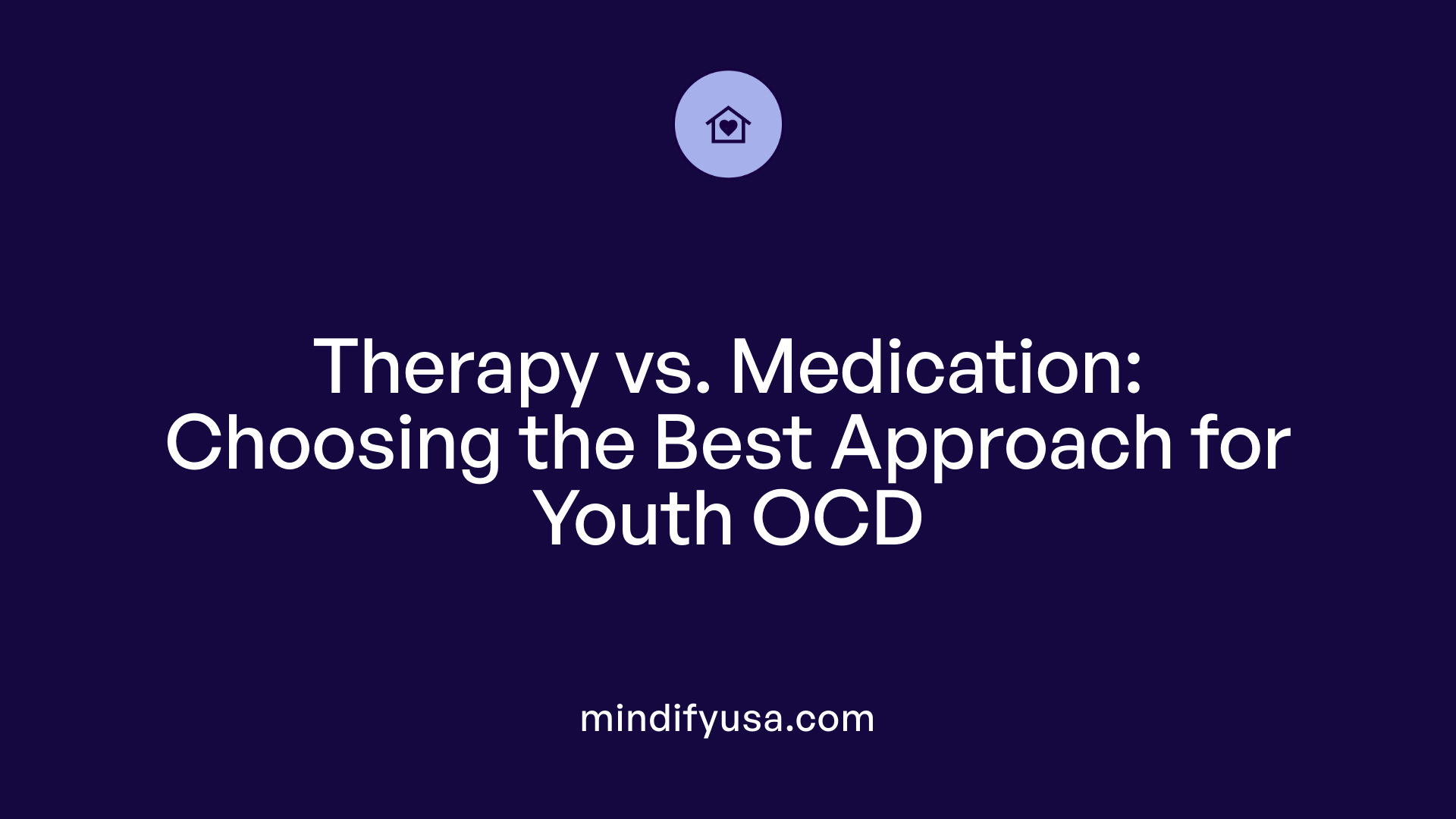
How do therapy and medication impact symptoms in youth with OCD?
Cognitive-behavioral therapy (CBT), especially when incorporating exposure and response prevention (ERP), is shown to be highly effective in reducing OCD symptoms among children and adolescents. Studies reveal a large effect size with a Cohen’s d of approximately 1.21, indicating significant symptom improvement. Furthermore, the response rate—meaning the percentage of individuals showing meaningful symptom reduction—is notably higher with CBT, with a treatment response risk ratio (RR) of about 2.72. This suggests that children receiving therapy are nearly three times more likely to respond positively compared to those in control groups.
In contrast, medications such as selective serotonin reuptake inhibitors (SSRIs), including sertraline and clomipramine, tend to have a moderate effect size of around g=0.50. Their impact on symptom alleviation is less pronounced than therapy alone, and they typically lead to lower response and remission rates. The number needed to treat (NNT)—the number of patients that need to be treated for one to benefit—is higher for medication (about five), indicating less overall efficacy compared to CBT.
How do response and remission rates compare?
Response and remission are vital benchmarks in assessing treatment success.
- CBT with ERP achieves response rates that are substantially higher than pharmacological treatments, with about 86% of patients responding positively, and approximately 39% reaching full remission.
- Medication alone results in lower figures, with response rates around 32% and remission rates often below 10-20%.
When combined, therapy and medication can sometimes produce better outcomes than either method alone, maximising the chances of remission particularly in severe or resistant cases.
What about the long-term outlook?
Research indicates that therapy, especially when delivered effectively, tends to support more durable, longer-lasting benefits. Many children maintain symptom improvements over extended periods following CBT, and the skills learned through ERP can be applied in daily life to sustain recovery.
Medications may require ongoing use, and their effectiveness can diminish if discontinued. Moreover, some children relapse if therapy is not continued or if medication is stopped prematurely.
Overall, therapy's ability to equip young individuals with coping techniques and resilience makes it more sustainable as a long-term strategy for managing OCD symptoms.
Benefits and Limitations of Different Treatment Approaches
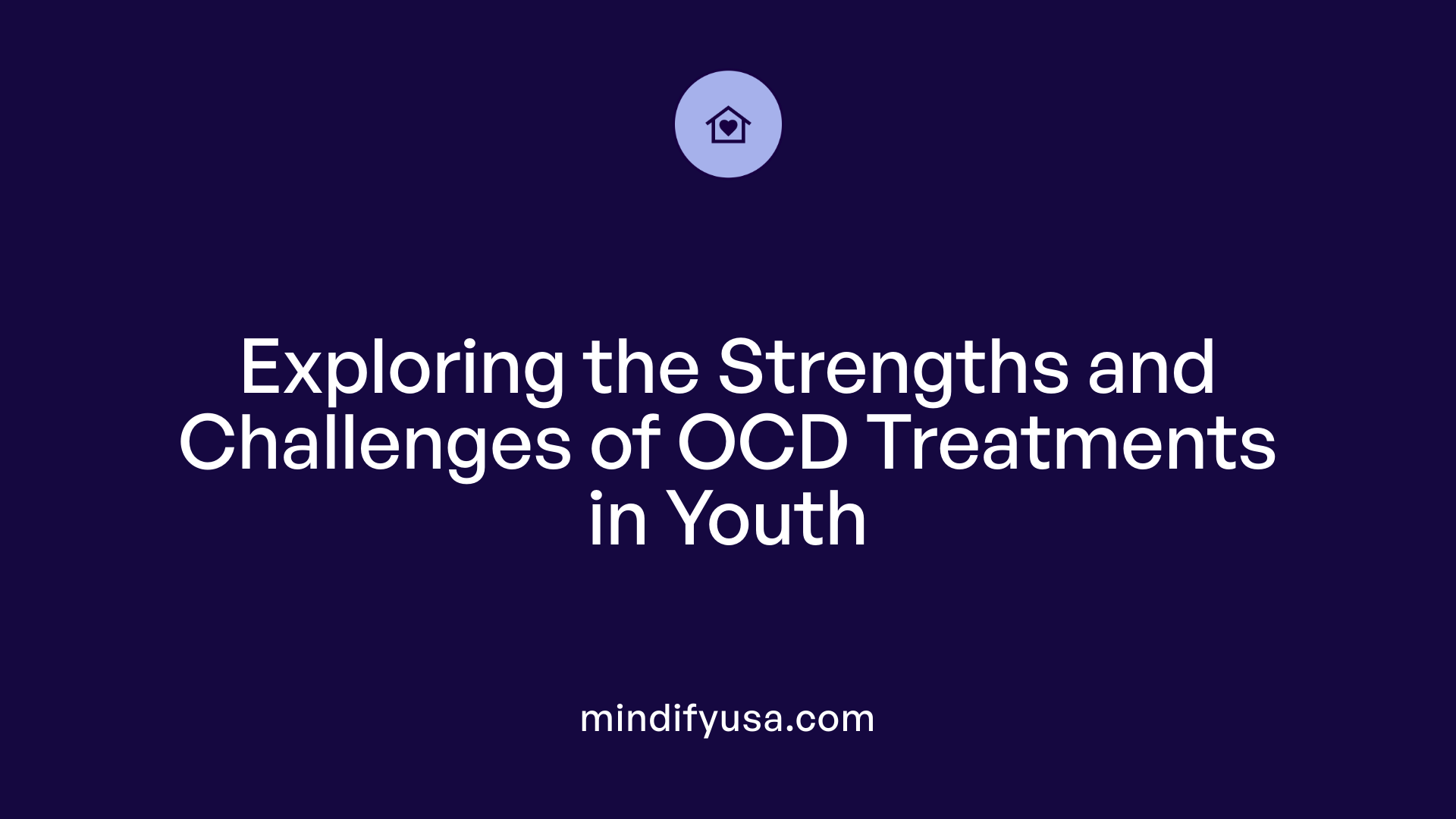
What are the benefits and limitations of therapy versus medication for treating youth OCD?
Therapy, especially cognitive-behavioral therapy with exposure and response prevention (CBT-ERP), is regarded as the primary treatment for children and adolescents with OCD. It helps develop long-term coping skills, reducing symptoms effectively while avoiding medication-related side effects like nausea, fatigue, and weight changes. One of the main advantages of CBT is its focus on teaching children how to manage their symptoms independently, which can lead to sustained improvements even after treatment ends.
However, access to trained therapists can be challenging, and therapy may take several weeks or months before significant results are seen. This requires patience and commitment from patients and families.
On the other hand, medications like SSRIs—such as fluoxetine, sertraline, and clomipramine—can often provide quicker relief of symptoms, especially in more severe cases. They are generally well tolerated but carry the risk of side effects like gastrointestinal upset, sleep problems, or weight gain. For some children, these side effects may lead to discontinuation of medication, and long-term medication use may require careful ongoing monitoring.
Combining therapy with medication can improve outcomes in difficult cases, offering both symptomatic relief and skill development. While this combined approach often proves most effective, it also involves managing medication side effects and access to comprehensive care.
Ultimately, treatment decisions should be personalized, considering how a child responds to therapy or medication, the severity of symptoms, availability of specialized providers, and family preferences. A balanced approach utilizing both psychological and pharmacological strategies tends to deliver the best results, with ongoing assessments to adapt the treatment plan as needed.
Intensive and Emerging Treatments for Severe OCD Cases
How effective are different treatment strategies for OCD in children and adolescents?
Research consistently shows that cognitive-behavioral therapy (CBT), especially exposure and response prevention (ERP), is highly effective for children and teens with OCD. Multiple studies demonstrate significant symptom reductions through various delivery formats, including in-person sessions, telehealth, and group therapy. ERP helps young individuals face their fears and resist compulsive behaviors, leading to marked improvements.
Medications, primarily selective serotonin reuptake inhibitors (SSRIs) like sertraline and clomipramine, provide additional benefits but typically achieve moderate response rates—around 27%. These drugs usually take several weeks to show effects and are often combined with CBT for best results.
Combining ERP with medication can lead to quicker and more durable improvements, especially for moderate to severe cases. Family-based CBT and internet-delivered ERP are expanding access, showing similar effectiveness as traditional therapy. Some augmentation approaches, such as D-cycloserine, have had mixed results in improving treatment outcomes.
Meta-analyses confirm that behavioral and medication treatments, particularly when used together, are most beneficial. Overall, integrating ERP—whether in clinics, remotely, or in groups—is considered the most effective strategy for managing severe pediatric OCD, especially when tailored to individual needs.
Key Takeaways and Future Directions
Both therapy and medication are vital tools in managing youth OCD. Evidence clearly supports cognitive-behavioral therapy, especially exposure and response prevention, as the first-line treatment due to its high efficacy and long-term benefits. Medications like SSRIs serve as effective adjuncts, especially for severe cases or when therapy alone is insufficient. Combining these approaches often yields the best outcomes, emphasizing the need for personalized treatment plans. Ongoing research, including clinical trials, continues to refine these strategies, exploring innovative options like neuromodulation for resistant cases. Ensuring wider access to trained therapists, advancing telehealth delivery, and addressing treatment gaps remain critical to improving care for young individuals facing OCD.
References
- Therapy or Medication? What Research Tells Us About the ...
- Pediatric Treatment-Resistant Obsessive Compulsive ...
- Treatment of Obsessive-Compulsive Disorder in Children ...
- Exposure and response prevention versus stress ...
- Intensive treatments for children and adolescents with ...
- Obsessive-compulsive disorder (OCD) - Diagnosis and ...
- Addressing OCD in Kids and Teens: An In-Depth Look at ...
- OCD Treatment Guide: Best Evidence-Based Therapies ...
- Treating OCD in Children: What Works Best?












